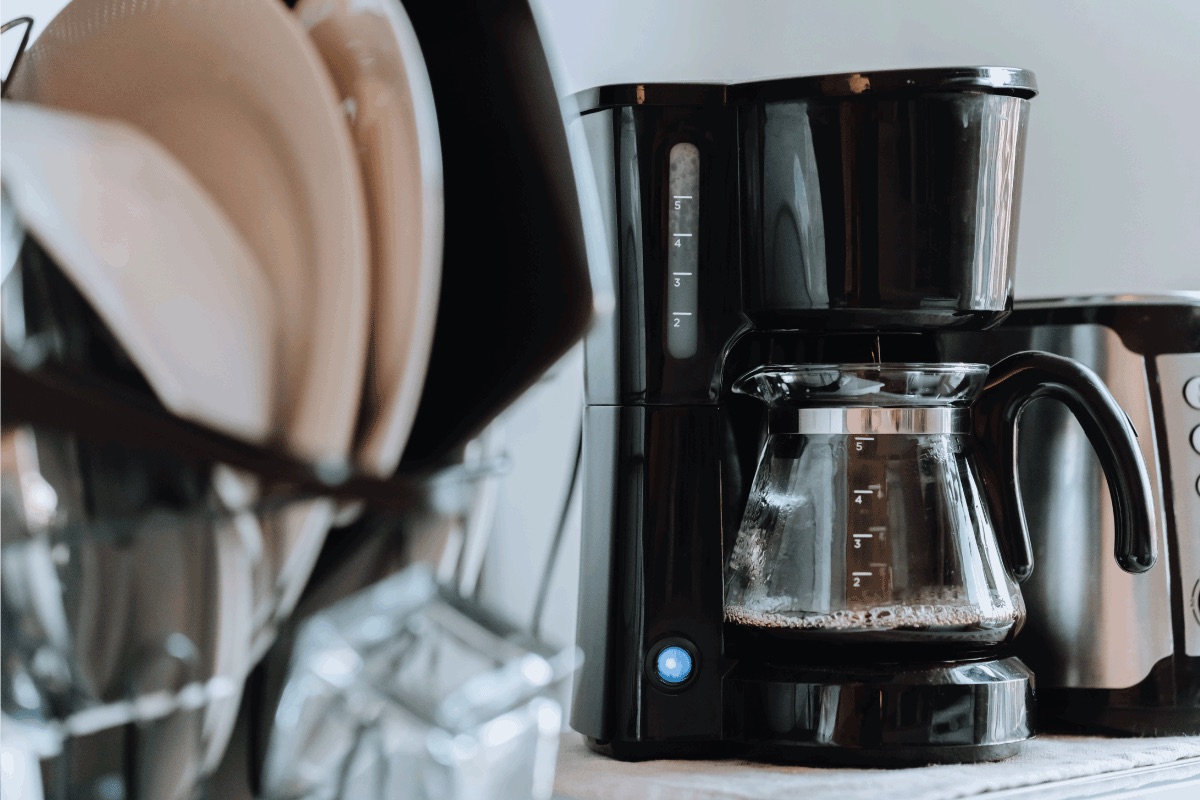

Articles
How Does A Coffee Machine Heat Water
Modified: January 19, 2024
Discover the process of heating water in a coffee machine and get insights on how it affects your brewing experience. Browse our collection of detailed articles on coffee machines and more.
(Many of the links in this article redirect to a specific reviewed product. Your purchase of these products through affiliate links helps to generate commission for Storables.com, at no extra cost. Learn more)
Introduction
Coffee is a beloved beverage enjoyed by millions of people around the world. From the aroma that fills the air to the rich flavor that tantalizes our taste buds, coffee is an essential part of our daily routine. But have you ever wondered how that perfect cup of coffee is made? One crucial element in the coffee-making process is the heating of water. In this article, we will explore the various methods by which coffee machines heat water to achieve the optimal brewing temperature.
The heating of water in a coffee machine is a fundamental process that determines the taste and quality of the final coffee brew. When water is heated, it extracts the essential oils and flavors from the coffee grounds, resulting in a delicious and aromatic cup of coffee. Different coffee machines employ different heating systems to heat the water, each with its advantages and disadvantages.
Understanding the principle behind coffee machine heating is crucial in selecting the right coffee machine for your brewing needs. Whether you prefer a traditional espresso machine, a single-serve pod coffee maker, or a drip coffee machine, the method of heating will play a significant role in the overall brewing experience.
In the following sections, we will delve into the three primary types of heating systems used in coffee machines: electric heating, thermoblock heating, and boiler heating. We will explore how each of these systems works and the factors that can influence water heating in coffee machines.
So, if you are an avid coffee lover or simply curious about the inner workings of coffee machines, join us as we uncover the mystery behind how these machines heat water to create our beloved brew. Let’s dive into the fascinating world of coffee machine heating systems!
Key Takeaways:
- The method of heating water in coffee machines, whether through electric heating, thermoblock heating, or boiler heating, significantly impacts the brewing experience, influencing factors such as speed, consistency, and energy efficiency.
- Factors such as machine size, power output, insulation, and altitude also play a crucial role in the water heating process, highlighting the importance of considering these elements when selecting a coffee machine for optimal brewing.
Read more: How Does A Coffee Machine Work
Principle of Coffee Machine Heating
The principle behind coffee machine heating is relatively simple: the machine needs to raise the temperature of water to the optimal range for brewing coffee. The ideal brewing temperature for most coffee varieties is between 195°F and 205°F (90°C to 96°C). Achieving this temperature range ensures that the water extracts the full flavor and aroma from the coffee grounds without scorching or over-extracting them.
To achieve this, coffee machines utilize different heating systems that heat water efficiently and maintain the desired temperature throughout the brewing process. The heating system chosen by a coffee machine depends on various factors, including the machine’s design, capacity, and intended use.
The primary objective of any coffee machine heating system is to heat the water quickly and evenly. The temperature consistency is crucial to ensure a consistent flavor profile in each cup of coffee brewed. Additionally, the heating system must be able to maintain the desired temperature for an extended period, especially in machines that can brew multiple cups continuously.
Various factors influence the choice of heating system, including cost, energy efficiency, speed, and ease of use. Depending on these factors, coffee machines may utilize electric heating, thermoblock heating, or boiler heating.
In the next sections, we will discuss each of these heating systems in more detail and explore how they work to heat water in coffee machines. Understanding the principles behind these systems will allow you to appreciate the intricacies of coffee machine technology and make an informed decision when purchasing a coffee machine that best suits your brewing needs.
So, let’s dive into the world of electric heating, thermoblock heating, and boiler heating systems and discover the fascinating mechanisms behind coffee machine heat generation.
Types of Heating Systems in Coffee Machines
Coffee machines employ various heating systems to heat water for brewing coffee. Each heating system has its own advantages and disadvantages, affecting factors such as speed, temperature precision, and energy efficiency. Understanding the different types of heating systems will help you choose the coffee machine that best suits your needs and preferences. The three primary types of heating systems used in coffee machines are electric heating, thermoblock heating, and boiler heating.
1. Electric Heating:
Electric heating is the most common and straightforward method used in coffee machines. It involves an electric heating element, typically made of metal, that is submerged in the water reservoir or located within a heating chamber. When the coffee machine is turned on, the electric heating element heats up, transferring heat to the water through direct contact or convection. Electric heating systems are known for their simplicity and efficiency, quickly bringing the water to the desired temperature. However, they may require more energy to maintain the temperature consistently, especially in larger coffee machines.
2. Thermoblock Heating:
Thermoblock heating is a more advanced and efficient method used in some coffee machines, particularly espresso machines. A thermoblock is a small, compact device comprised of a metal block with built-in heating elements and a water channel. The water flows through the thermoblock, allowing the metal to heat it as it passes through. The advantage of thermoblock heating is its rapid heat-up time and precise temperature control, providing consistent water temperature throughout the brewing process. This ensures optimal extraction and flavor in espresso brewing. However, thermoblock heating systems may be slower when brewing multiple cups back-to-back, as the system needs time to heat up the incoming water.
3. Boiler Heating:
Boiler heating systems are commonly found in commercial-grade coffee machines, such as traditional espresso machines. These systems use a large water reservoir with a dedicated boiler that heats the water to the desired temperature. The boiler is usually made of stainless steel or copper and is equipped with powerful heating elements. The advantage of boiler heating is its ability to handle high volumes and maintain a constant temperature, making it ideal for busy coffee shops or offices where multiple cups of coffee are brewed consecutively. However, boiler heating systems typically have a longer heat-up time and may consume more energy compared to other heating methods.
It’s important to consider the heating system when choosing a coffee machine as it directly impacts the brewing experience. Whether you prioritize speed, precision, or energy efficiency, the type of heating system will play a significant role in the final cup of coffee. Each system has its unique advantages, so consider your brewing needs and preferences before making a decision.
In the next sections, we will explore how each of these heating systems works in more detail, allowing you to gain a deeper understanding of the mechanisms behind coffee machine water heating. So, let’s dive in!
Electric Heating
Electric heating is the most common and straightforward method used in coffee machines to heat water for brewing coffee. It involves the use of an electric heating element, typically made of metal, that is either submerged in the water reservoir or located within a separate heating chamber.
When the coffee machine is turned on, an electric current passes through the heating element, causing it to heat up rapidly. The heat generated by the element is then transferred to the surrounding water through direct contact or convection. As the water absorbs the heat, its temperature gradually increases until it reaches the desired brewing temperature.
One of the main advantages of electric heating is its simplicity and efficiency. Electric heating elements can quickly heat up water, making it an ideal choice for coffee machines where speed is important. Additionally, electric heating systems are relatively low-cost and easy to maintain. They are widely used in various types of coffee machines, including drip coffee makers, single-serve pod machines, and French press machines.
However, there are a few considerations when using electric heating in coffee machines. Firstly, maintaining a consistent brewing temperature can be a challenge. Electric heating elements may not distribute heat evenly throughout the water, leading to temperature fluctuations that can impact the quality and consistency of the brewed coffee. Some coffee machines address this issue by incorporating temperature sensors and control mechanisms to regulate the heating process.
Another factor to consider is energy consumption. While electric heating elements are efficient in terms of heating speed, they may require more energy to maintain a steady temperature, especially in larger coffee machines or those with extended brewing cycles. This can lead to higher electricity usage, impacting both cost and energy efficiency.
However, advancements in technology have led to the development of electric heating systems with improved temperature control and energy efficiency. Variable temperature control features, programmable timers, and energy-saving modes are now available in many coffee machines to address these concerns.
Overall, electric heating is a proven and reliable method for heating water in coffee machines. Its simplicity, efficiency, and widespread use make it a popular choice for both home and commercial coffee brewing. Whether you prefer a simple drip coffee maker or a more advanced espresso machine, electric heating ensures that your water is heated to the optimal temperature for a delicious cup of coffee.
Thermoblock Heating
Thermoblock heating is a more advanced and efficient method used in some coffee machines, particularly espresso machines. It utilizes a thermoblock, a small, compact device comprised of a metal block with built-in heating elements and a water channel.
In a coffee machine with thermoblock heating, water flows through the thermoblock via an inlet and outlet. As the water passes through the thermoblock, the heating elements embedded within the block rapidly raise its temperature. The metal block acts as a heat exchanger, transferring the heat to the water through direct contact.
The advantage of thermoblock heating is its ability to heat water quickly and precisely. The heating elements in the thermoblock can reach the desired temperature rapidly, allowing for a shorter heat-up time compared to other heating systems. This is particularly important in espresso machines, where the water needs to be heated rapidly for optimal brewing.
Another advantage of thermoblock heating is its precise temperature control. The heating elements in the thermoblock can be regulated to maintain a consistent temperature throughout the brewing process. This ensures that the water is heated to the ideal temperature range, typically between 195°F and 205°F (90°C to 96°C), for extracting the best flavors and aromas from the coffee grounds.
Thermoblock heating systems are known for their efficiency, as they only heat the amount of water needed for each brew. This reduces energy consumption compared to systems that heat a larger water reservoir continuously.
While thermoblock heating offers many advantages, there are a few things to consider. One limitation of this system is its capacity. The size of the thermoblock restricts the amount of water that can be heated at once. This makes thermoblock heating more suitable for single-serve or small batch brewing, rather than high-volume coffee production.
Additionally, if multiple cups of coffee are brewed consecutively, the thermoblock may require a short recovery time between each brew to regain the desired temperature. However, modern espresso machines with thermoblock heating often incorporate faster heat recovery mechanisms, allowing for a more efficient brewing process.
Thermoblock heating is a popular choice in espresso machines due to its rapid heat-up time and precise temperature control. It ensures consistent water temperature for brewing espresso, resulting in optimal extraction and flavor. Coffee enthusiasts who prioritize convenience, speed, and precise brewing temperature often prefer coffee machines with thermoblock heating systems.
So, if you are an espresso lover and value the perfect shot of espresso, a coffee machine with thermoblock heating might be the ideal choice for your brewing needs.
Read more: How To Connect Coffee Machine To Water Line
Boiler Heating
Boiler heating is a commonly used method in commercial-grade coffee machines, particularly in traditional espresso machines. Unlike electric heating or thermoblock heating, which heat water on demand, boiler heating involves heating a large water reservoir to the desired temperature before brewing.
In a coffee machine with a boiler heating system, a dedicated water reservoir and boiler are used to store and heat the water. The boiler, usually made of stainless steel or copper, is equipped with powerful heating elements that quickly raise the temperature of the water within.
The advantage of boiler heating is its ability to handle high volumes of water and maintain a constant temperature. This makes it ideal for situations where multiple cups of coffee are brewed consecutively, such as in busy coffee shops or offices. The large reservoir and powerful heating elements allow the boiler to heat water rapidly and maintain a steady temperature throughout the brewing process.
Boiler heating systems offer exceptional temperature stability. Once the water in the boiler reaches the desired temperature, it remains constant until more water is added or the machine is turned off. The constant temperature ensures consistent brewing results, allowing baristas to produce high-quality espresso with precise extraction.
However, there are a few considerations when it comes to boiler heating. One factor is the heat-up time. Due to the larger water volume in the boiler, it may take longer for the water to heat up initially compared to other heating systems. This can be a disadvantage if you need to brew coffee quickly.
Another consideration is energy consumption. Boiler heating systems typically consume more energy due to the larger heating elements required to heat the larger water reservoir. This can lead to higher electricity usage and increased operating costs, especially if the machine is left on for extended periods.
Despite these considerations, boiler heating remains a popular choice for those seeking commercial-grade coffee machines. Its ability to deliver consistent temperature control and handle high volume makes it ideal for professional settings where speed and precision are paramount.
In summary, boiler heating systems are reliable and suitable for environments that require high-volume coffee production, such as coffee shops or offices. They provide excellent temperature stability, ensuring consistent extraction and flavor in each cup of coffee. If you are a coffee professional or passionate about achieving barista-quality results, a coffee machine with boiler heating may be the perfect choice for you.
When using a coffee machine, the heating element inside the machine heats up the water to the optimal brewing temperature, typically between 195-205°F (90-96°C), for the best extraction of flavors from the coffee grounds.
How Does Electric Heating Work
Electric heating is a common method used in coffee machines to heat water for brewing. Understanding how electric heating works can give us insights into the inner workings of a coffee machine and how it achieves the desired brewing temperature.
In an electric heating system, an electric heating element, typically made of metal, is employed to generate heat. This heating element is connected to an electrical power source and controlled by a thermostat to regulate the temperature.
When the coffee machine is turned on, an electric current is passed through the heating element. This causes the resistance in the metal to convert the electrical energy into heat energy. As a result, the heating element begins to heat up rapidly.
To transfer the heat to the water, the heating element is either submerged in the water reservoir or located within a separate heating chamber. In the case of immersion heating, the electric heating element directly comes into contact with the water, allowing for efficient heat transfer. On the other hand, in a separate chamber design, the heating element heats the surrounding air, which then indirectly warms the water through convection.
As the water comes into contact with the heated surface of the heating element or absorbs the heat from the surrounding air, its temperature gradually increases. This process continues until the water reaches the desired brewing temperature, usually between 195°F and 205°F (90°C to 96°C), for extracting the flavors and aromas from coffee grounds.
One key advantage of electric heating is its simplicity and efficiency. The electric heating element can rapidly heat the water to the desired temperature, which makes it ideal for coffee machines that require quick brewing. Additionally, electric heating systems are relatively straightforward to design and maintain, making them cost-effective for various types of coffee machines.
However, there are a few considerations with electric heating systems. One potential challenge is ensuring temperature consistency throughout the brewing process. Electric heating elements may not distribute heat evenly, leading to temperature fluctuations within the water. To address this, modern coffee machines often incorporate temperature sensors and control mechanisms to regulate the heating process and maintain a consistent brewing temperature.
Another factor to consider is energy consumption. While electric heating elements are efficient in terms of heating speed, they may require additional energy to maintain a steady temperature, especially in larger coffee machines or those with extended brewing cycles. This can result in higher electricity usage, affecting both cost and energy efficiency.
Overall, electric heating is a reliable and widely used method for heating water in coffee machines. Its simplicity, efficiency, and ability to quickly reach the desired temperature make it suitable for various coffee brewing needs. Whether you prefer a drip coffee maker, a single-serve pod machine, or a French press, electric heating ensures that your water is heated to the optimal temperature, resulting in a delicious cup of coffee.
How Does Thermoblock Heating Work
Thermoblock heating is a popular method used in coffee machines, particularly in espresso machines, to heat water for brewing. Understanding how thermoblock heating works can provide insights into the inner workings of a coffee machine and its ability to rapidly heat water to the desired brewing temperature.
A thermoblock is a small, compact device that consists of a metal block with integrated heating elements and a water channel. The thermoblock is strategically positioned within the coffee machine’s water pathway to ensure efficient heat transfer and precise temperature control.
When the coffee machine is turned on, water from the reservoir is directed into the water channel of the thermoblock. Inside the thermoblock, the water comes into direct contact with the built-in heating elements, which rapidly raise its temperature.
As the water flows through the thermoblock, the metal block acts as a heat exchanger. The heat generated by the heating elements is transferred to the water through conduction. This allows the water to absorb the heat and increase in temperature as it passes through the thermoblock.
One advantage of thermoblock heating is its ability to heat water quickly. The compact design of the thermoblock enables efficient heat transfer, allowing for a shorter heat-up time compared to other heating systems. This is particularly important in espresso machines, where precise and rapid heating is crucial for optimal brewing.
The integration of heating elements directly into the thermoblock also allows for precise temperature control. The heating elements can be regulated to maintain a consistent temperature throughout the brewing process, ensuring that the water remains at the desired temperature range for extracting the best flavor and aroma from the coffee grounds.
It is worth noting that thermoblock heating systems may have limitations in terms of water capacity. The small size of the thermoblock restricts the amount of water that can be heated at once. This makes thermoblock heating more suitable for single-serve or small batch brewing, rather than high-volume production.
Additionally, if multiple cups of coffee are brewed consecutively, the thermoblock may require a short recovery time between each brew to regain the desired temperature. However, advancements in thermoblock design have aimed to address this issue, incorporating faster heat recovery mechanisms to improve efficiency.
In summary, thermoblock heating is a efficient and precise method for heating water in coffee machines, especially in espresso machines. Its compact design and direct heat transfer allow for rapid heating and consistent temperature control. If you value convenience, speed, and precise brewing temperature, a coffee machine with thermoblock heating can provide you with the perfect cup of coffee.
How Does Boiler Heating Work
Boiler heating is a commonly used method in coffee machines, particularly in commercial-grade models and traditional espresso machines. Understanding how boiler heating works gives us insights into the inner workings of these machines and how they efficiently heat water for brewing.
In a coffee machine with a boiler heating system, a dedicated water reservoir and boiler are used to store and heat the water. The boiler is typically made of stainless steel or copper and is equipped with powerful heating elements.
When the coffee machine is turned on, the heating elements inside the boiler are activated. As an electrical current passes through these elements, they begin to generate heat. The heat generated by the heating elements is transferred to the water within the boiler, rapidly raising its temperature.
To prevent overheating, boilers often have temperature sensors and control mechanisms. These sensors monitor the temperature of the water within the boiler and regulate the heating elements accordingly. Once the water reaches the desired brewing temperature, the heating elements are adjusted to maintain a consistent temperature throughout the brewing process.
One key advantage of boiler heating is its ability to handle high volumes of water and maintain a constant temperature. This makes it well-suited for scenarios where multiple cups of coffee need to be brewed consecutively, such as in busy coffee shops or offices. The large water reservoir and powerful heating elements allow the boiler to quickly heat up the water and maintain a steady temperature for an extended period.
Boiler heating systems offer excellent temperature stability, ensuring consistent brewing results. The water in the boiler remains at the desired temperature until more water is added or the machine is turned off. This consistent temperature control allows baristas to produce high-quality espresso with precise extraction and flavor.
However, it is worth noting that boiler heating systems may have a longer heat-up time compared to other heating methods due to the larger water volume. This can impact the speed at which the machine can brew coffee, especially during the initial heating phase.
Moreover, boiler heating systems typically consume more energy compared to other heating methods. The powerful heating elements required to heat the large water reservoir can result in higher electricity usage and increased operating costs, particularly if the machine is left on for extended periods.
In summary, boiler heating is a reliable method used in coffee machines, especially in commercial-grade and traditional espresso machines. Its ability to handle high volumes of water and maintain a constant temperature makes it well-suited for professional settings. If you prioritize speed, precision, and high-capacity brewing, a coffee machine with boiler heating can deliver excellent results and satisfy the demands of coffee lovers.
Factors Affecting Water Heating in Coffee Machines
Several factors impact the process of water heating in coffee machines. Understanding these factors can help in selecting the right coffee machine and optimizing the brewing process for the perfect cup of coffee. Here are some key factors to consider:
1. Heating System: The type of heating system used in the coffee machine plays a significant role in water heating. Whether it’s electric heating, thermoblock heating, or boiler heating, each system has its unique characteristics and can affect the speed, consistency, and efficiency of water heating.
2. Machine Size and Capacity: The size and capacity of the coffee machine can affect water heating. Smaller machines typically have smaller water reservoirs and heating elements, which can result in quicker heat-up times. On the other hand, larger capacity machines may take longer to heat the water due to the larger volume to be heated.
3. Starting Water Temperature: The starting temperature of the water in the coffee machine can influence the heating process. If the water is cold or at room temperature, it will take longer to reach the desired brewing temperature compared to preheated or hot water.
4. Power Output: The power output of the coffee machine’s heating elements can impact the heating speed. Higher wattage heating elements can heat the water faster, reducing the overall brewing time.
5. Insulation: The level of insulation in the coffee machine can affect the heat retention of the water. Well-insulated machines can help maintain the desired brewing temperature for a longer duration, while inadequately insulated machines may experience temperature fluctuations during the brewing process.
6. Complexity of Control Systems: Coffee machines that incorporate advanced control systems can provide more precise temperature control during the heating process. Temperature sensors, thermostats, and programmable settings help maintain a consistent brewing temperature, resulting in better extraction and flavor.
7. Altitude: The altitude at which the coffee machine is used can impact water heating. At higher altitudes, the boiling point of water decreases. Coffee machines need to account for this when heating water to ensure that it reaches the desired brewing temperature.
8. Brewing Volume: The volume of water being heated for brewing can affect the heating time. Larger volumes of water may take longer to heat compared to smaller volumes. It is important to consider the brewing volume requirements when selecting a coffee machine.
9. Maintenance and Scaling: Regular maintenance of the coffee machine, including descaling and cleaning, is crucial for optimal water heating. Mineral deposits and scaling can affect the efficiency of heating elements and result in slower water heating times.
By considering these factors, you can choose a coffee machine that aligns with your brewing preferences and optimize the water heating process for the best possible coffee experience. Whether it’s selecting the appropriate heating system, understanding the size and capacity of the machine, or managing the brewing volume, paying attention to these factors will contribute to a satisfying cup of coffee every time.
Conclusion
The process of heating water in coffee machines is crucial to achieving the perfect cup of coffee. Whether you are using electric heating, thermoblock heating, or boiler heating, each method has its strengths and considerations that affect the overall brewing experience.
Electric heating provides simplicity, efficiency, and a quick heat-up time, making it suitable for a wide range of coffee machines. Thermoblock heating offers rapid heat-up time, precise temperature control, and is commonly found in espresso machines. Boiler heating is ideal for high-volume brewing, providing consistent temperature stability for a professional coffee environment.
Factors such as the heating system, machine size and capacity, starting water temperature, power output, insulation, control systems, altitude, brewing volume, and maintenance can all influence the water heating process. Considering these factors allows you to select a coffee machine that aligns with your brewing preferences and ensures optimal water heating for the best coffee experience.
Whether you’re a coffee lover enjoying a cup in the comfort of your home or a barista working in a bustling coffee shop, understanding how coffee machines heat water allows you to appreciate the intricacies of the brewing process. By selecting the right coffee machine and considering the various factors, you can achieve a delicious and satisfying cup of coffee, rich in flavors and aromas.
So, the next time you indulge in the delightful ritual of making coffee, take a moment to appreciate the technology and expertise behind the water heating process. It is the key to unlocking the full potential of your coffee beans and creating a memorable coffee-drinking experience that will keep you coming back for more. Cheers to the perfect brew!
Frequently Asked Questions about How Does A Coffee Machine Heat Water
Was this page helpful?
At Storables.com, we guarantee accurate and reliable information. Our content, validated by Expert Board Contributors, is crafted following stringent Editorial Policies. We're committed to providing you with well-researched, expert-backed insights for all your informational needs.
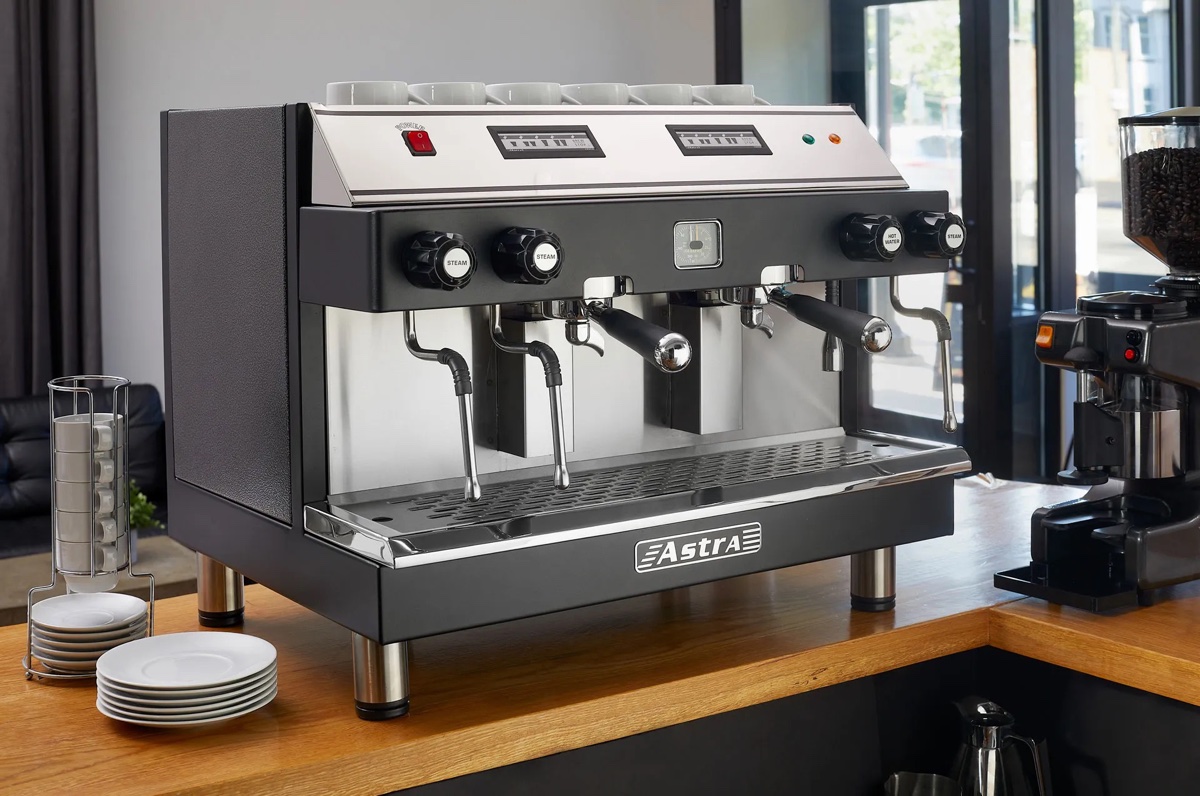
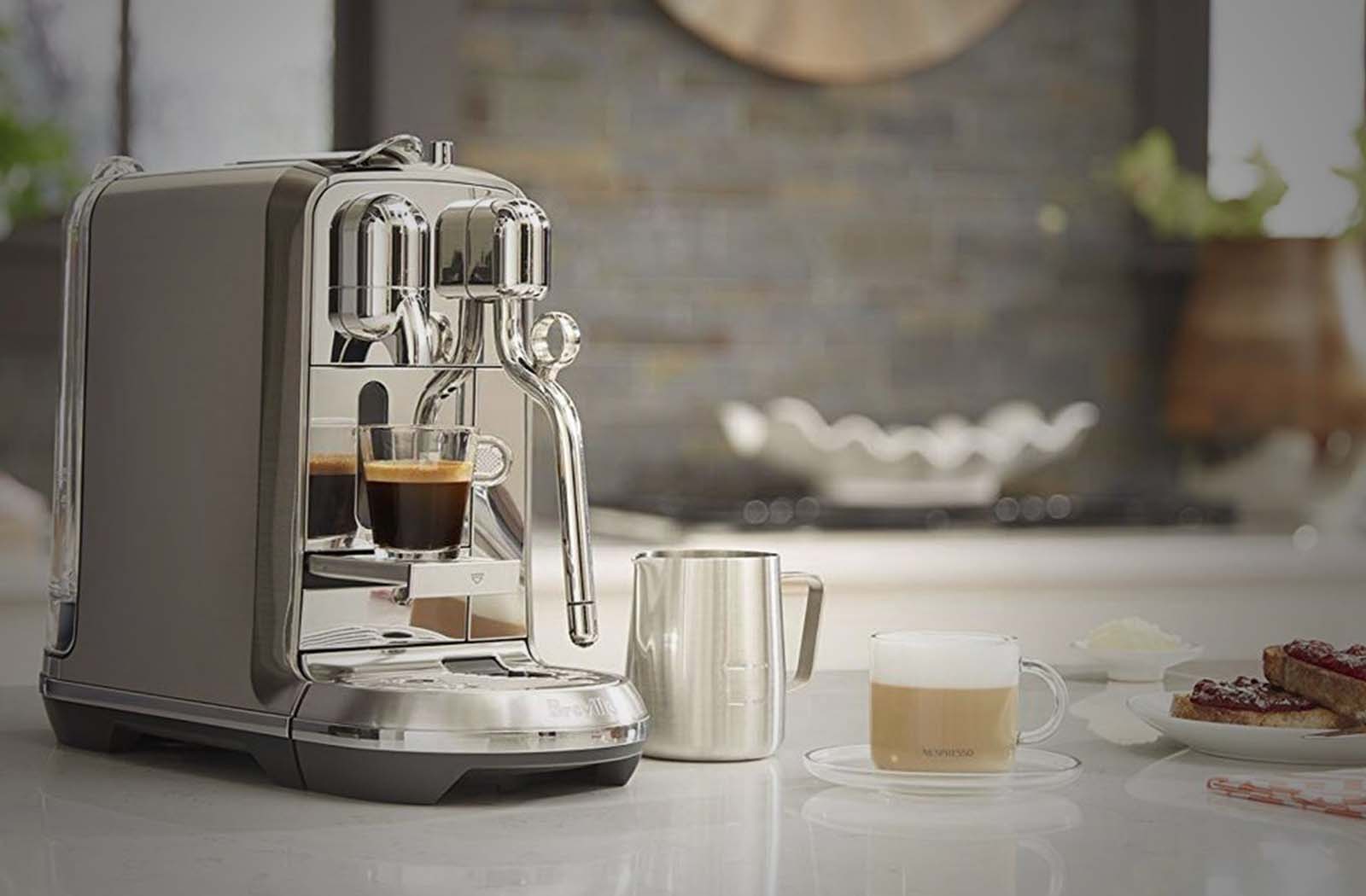
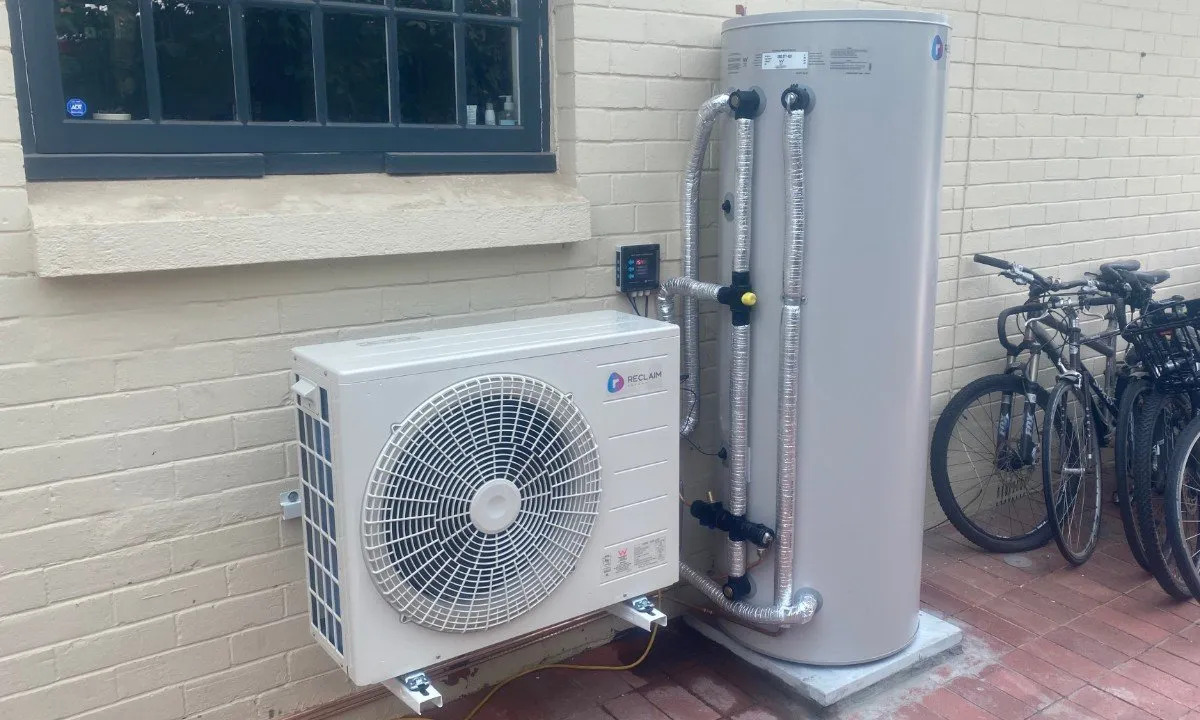
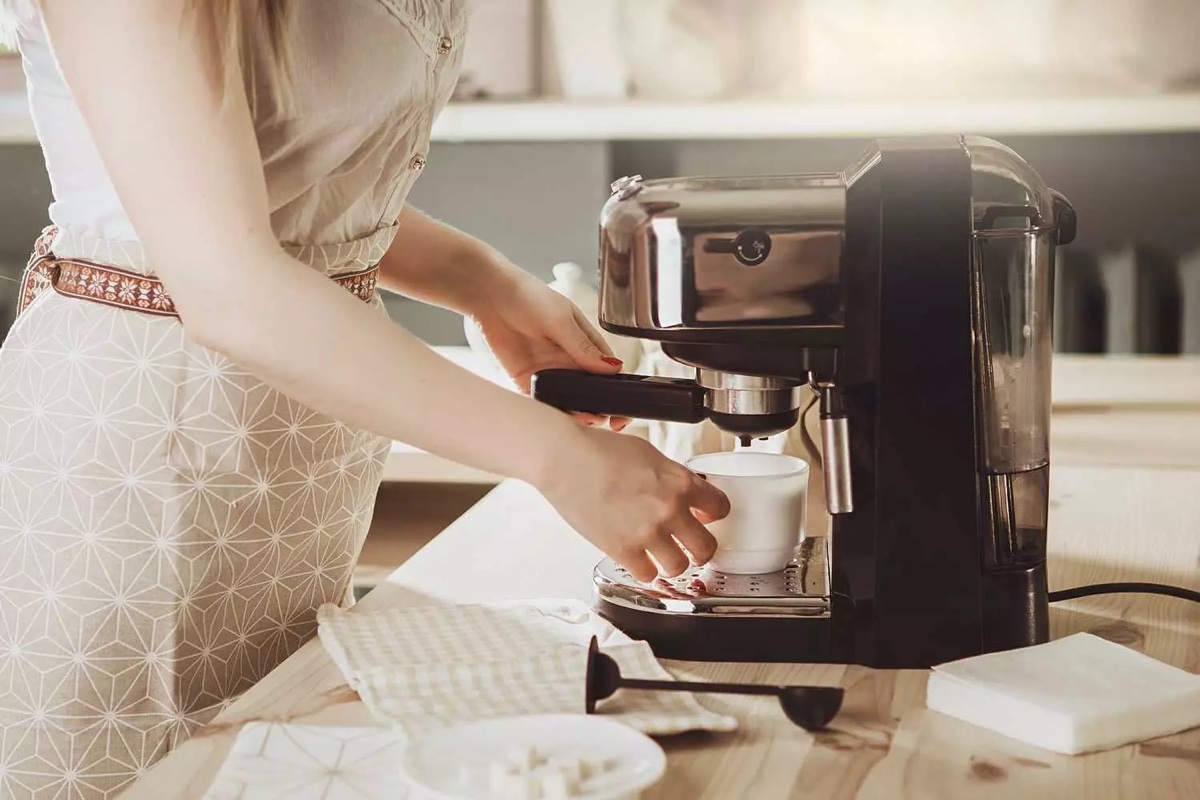
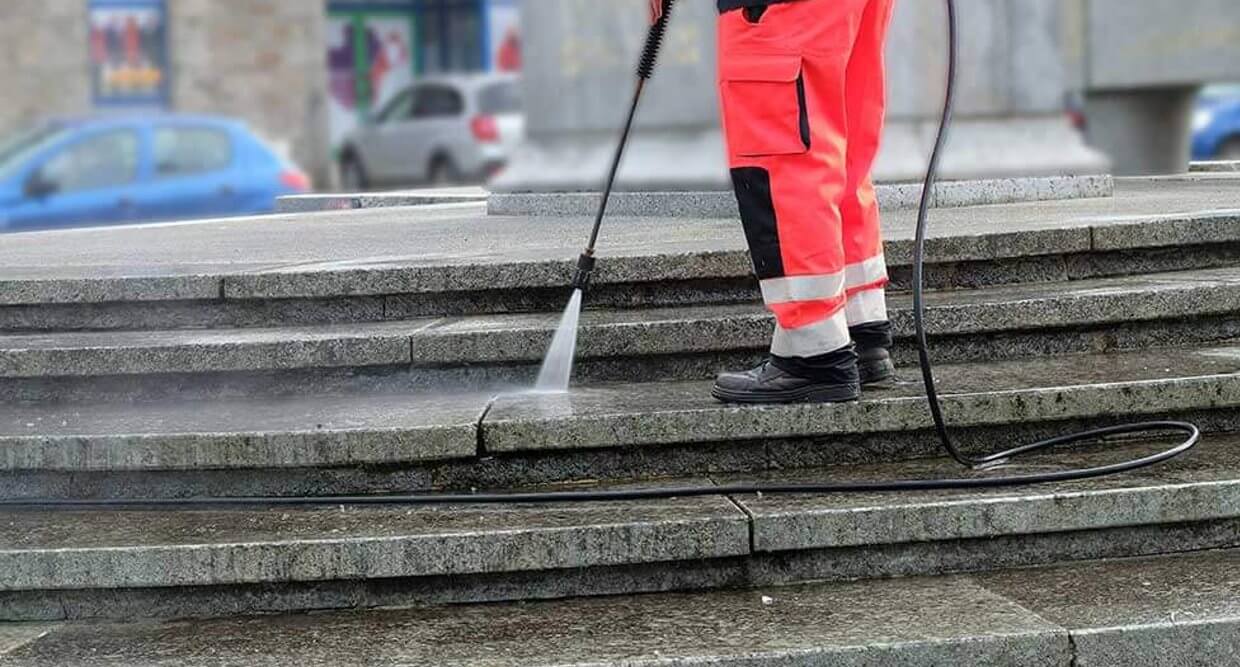
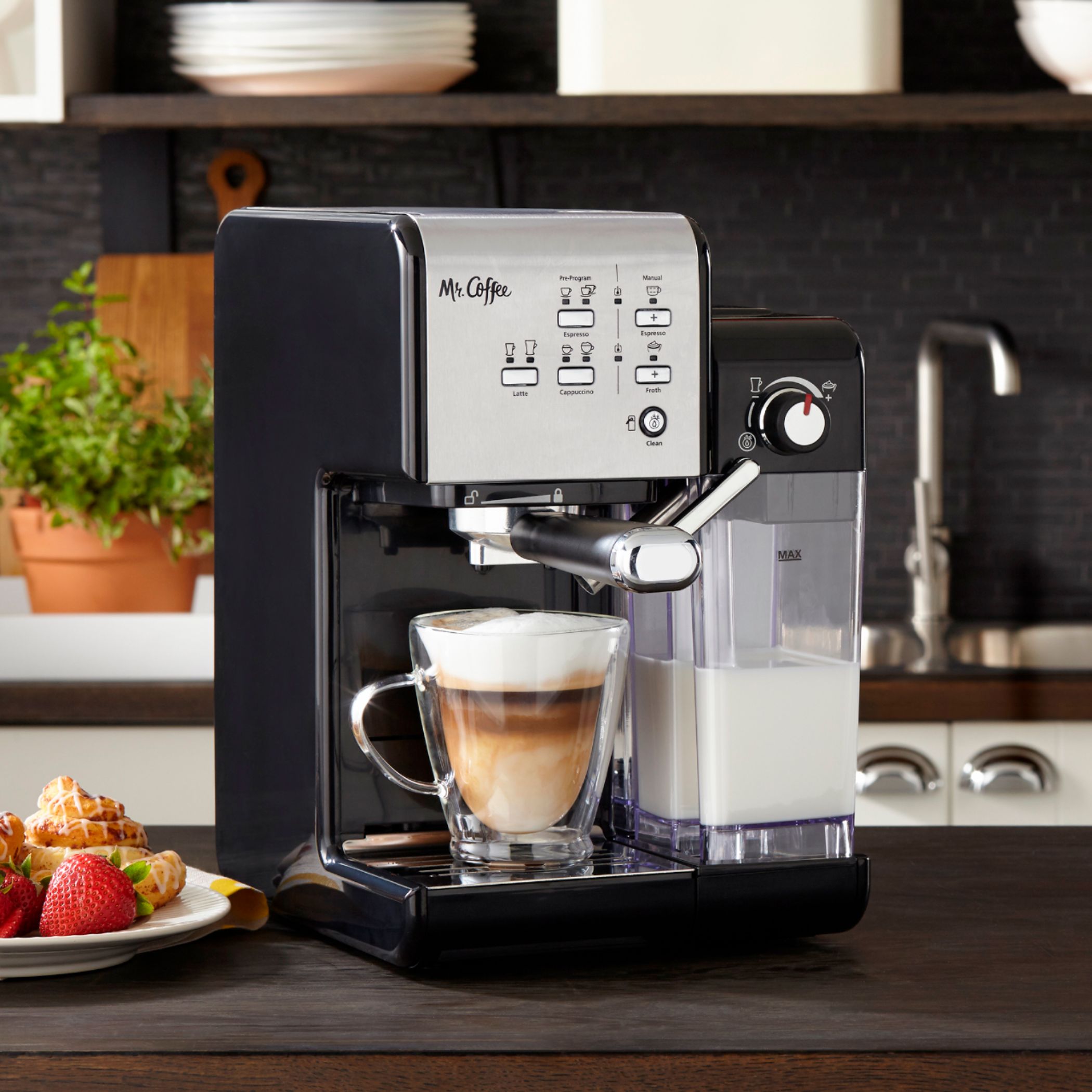
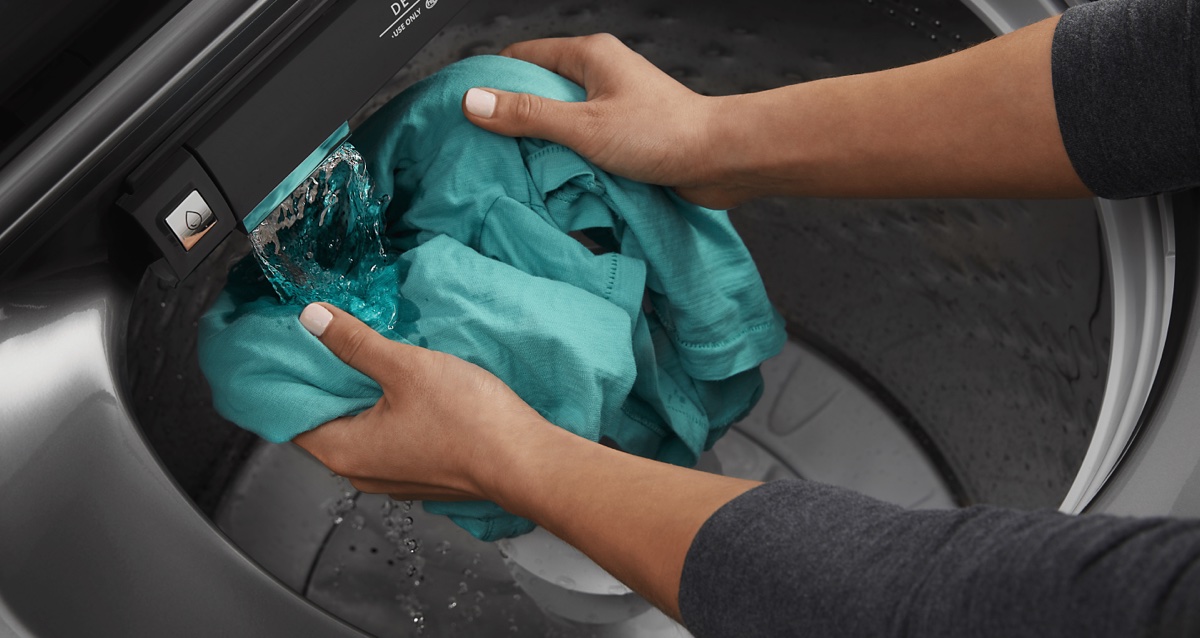
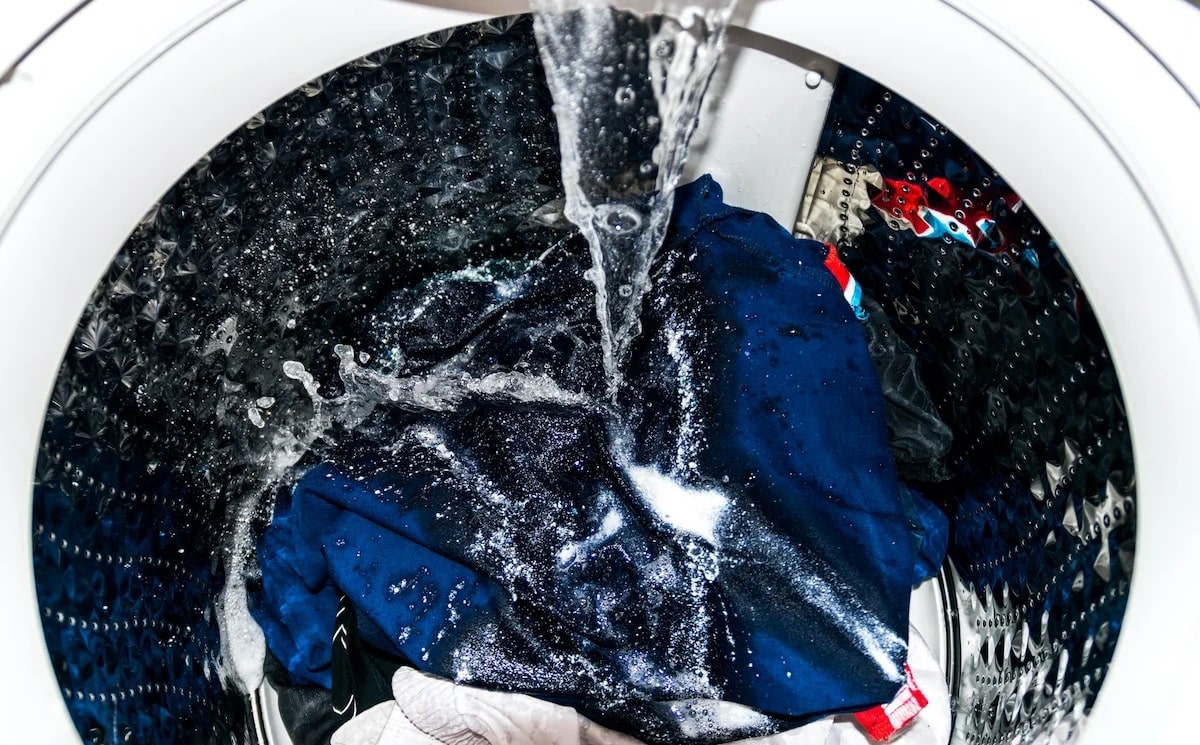
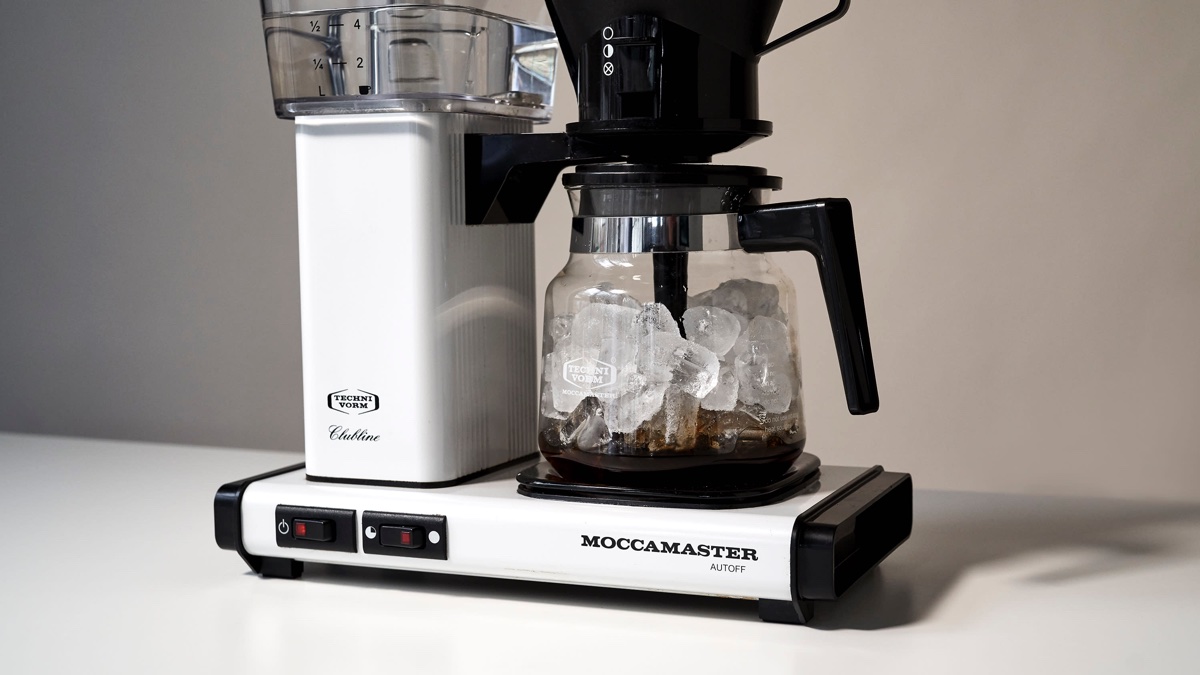
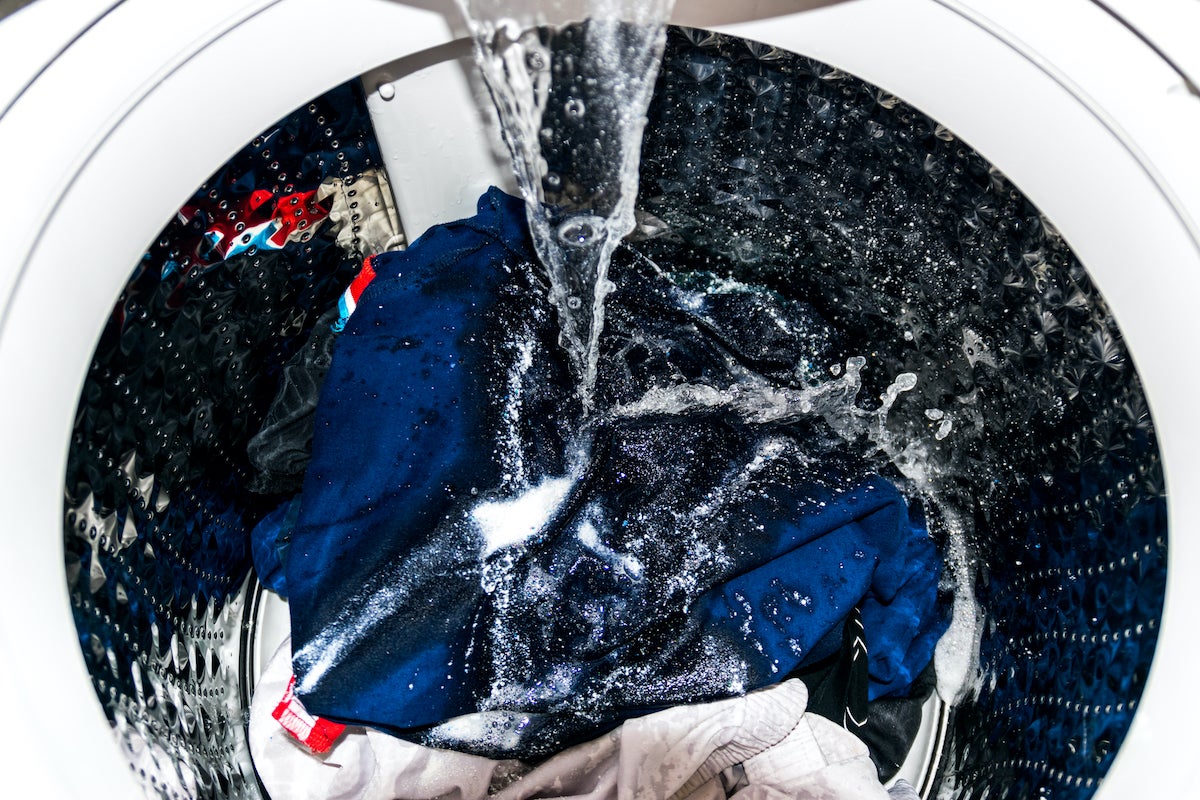
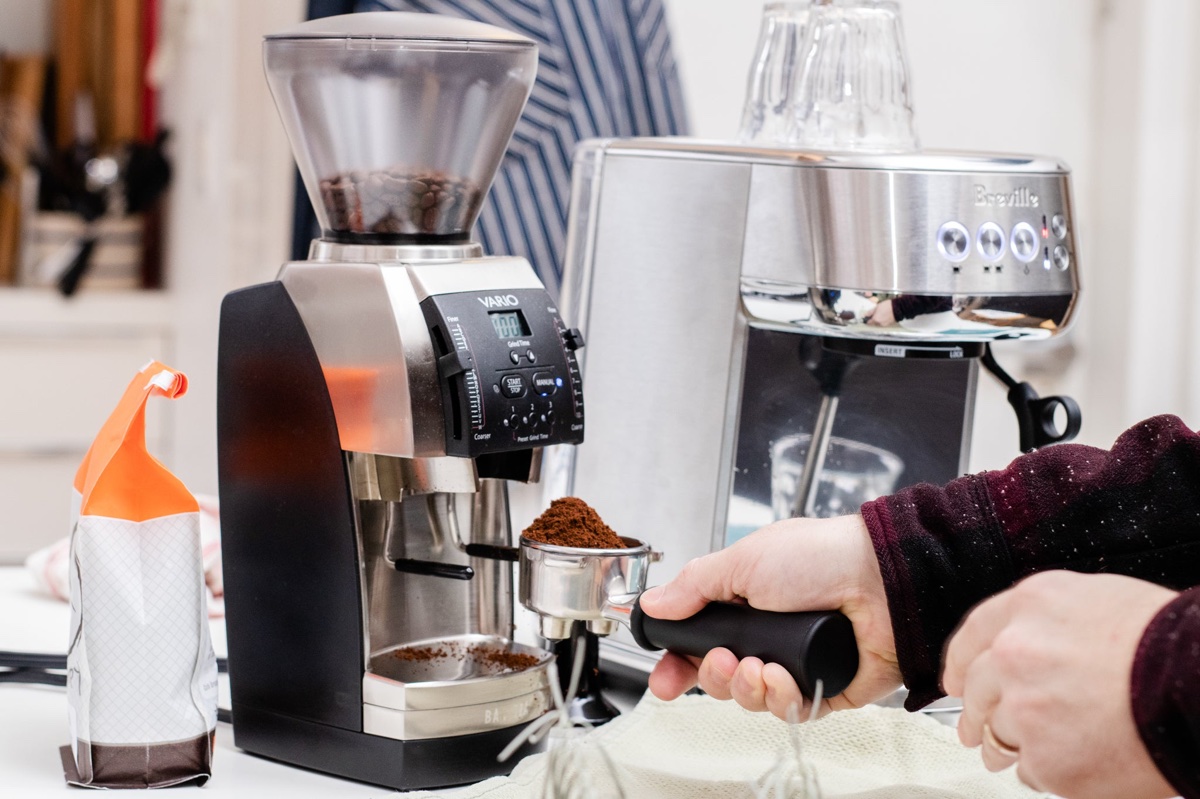
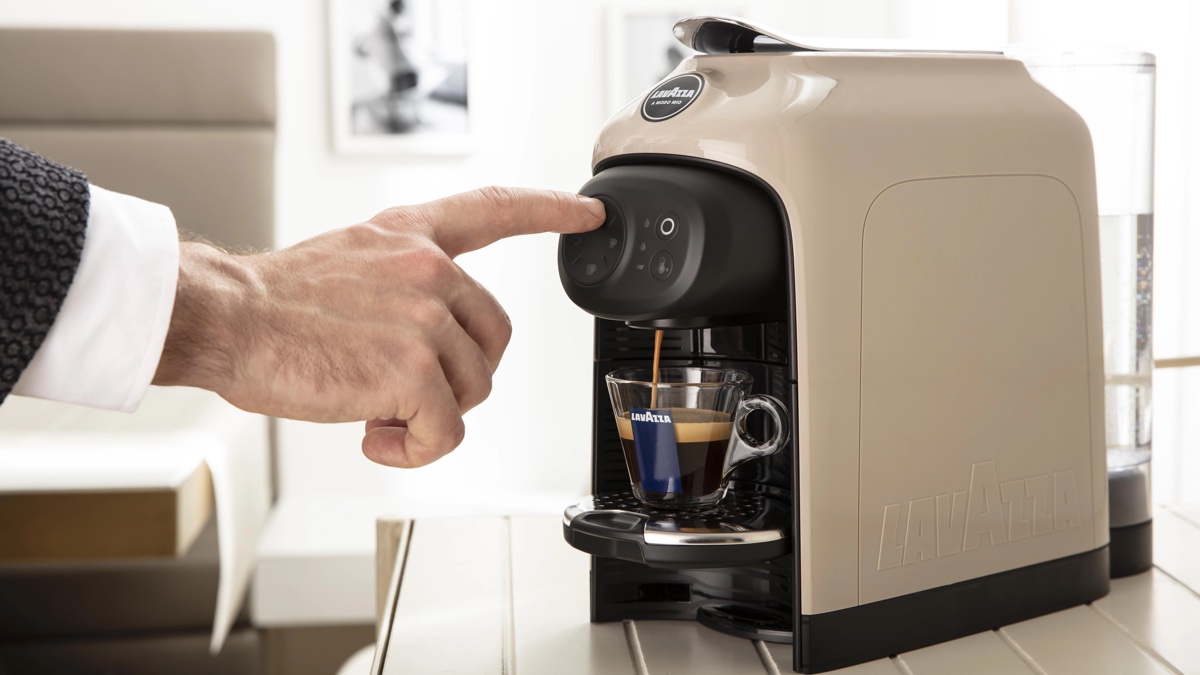
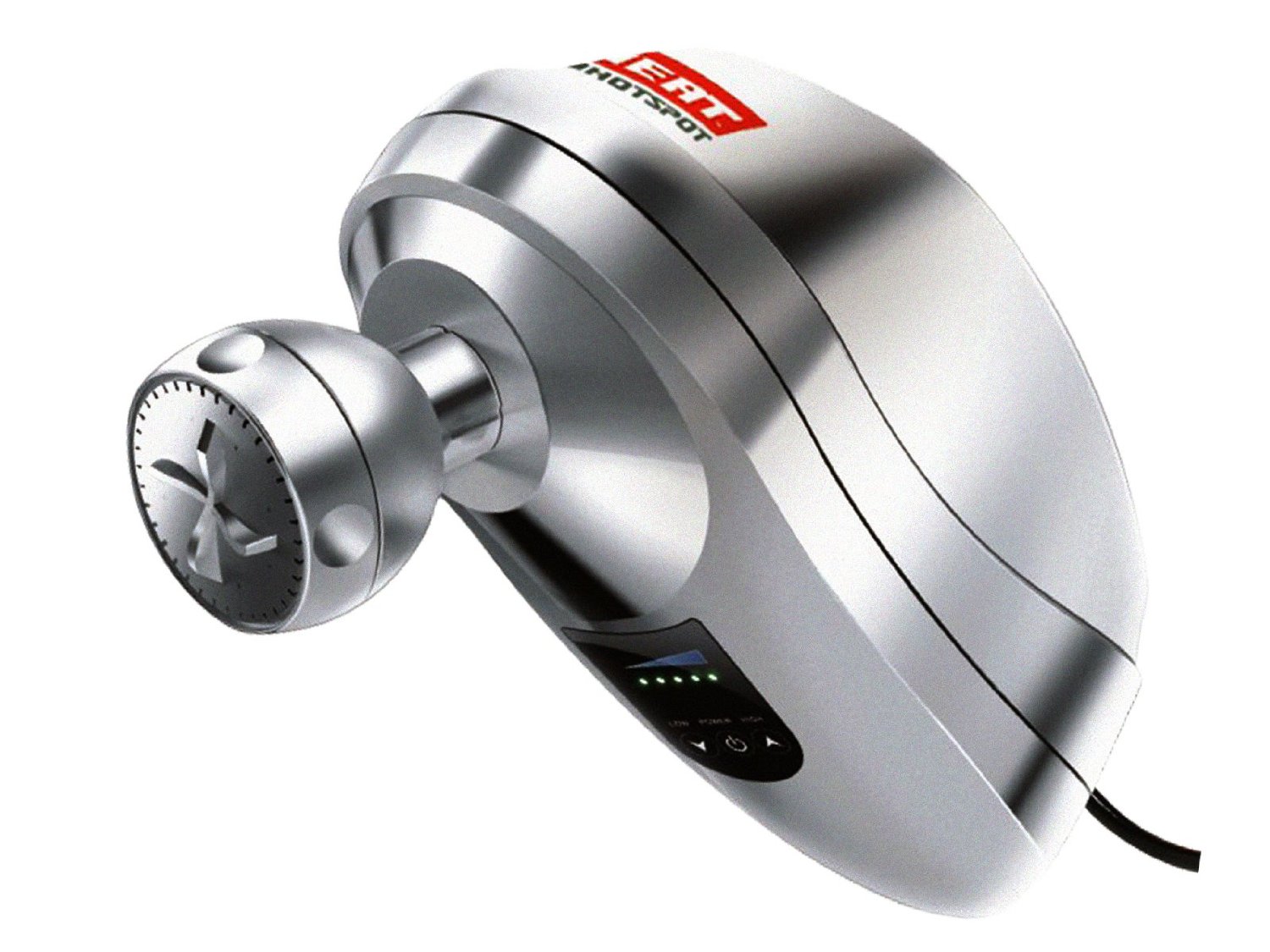

0 thoughts on “How Does A Coffee Machine Heat Water”